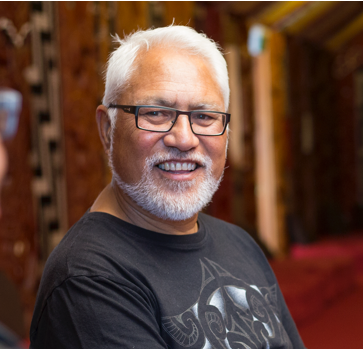Building on and occupying Māori land
Building on Māori land: Local council requirements
If you’re planning to build on Māori land there are a number of local council requirements you may have to meet:
- resource consent
- building consent
- the right to build on the land, and
- development contributions.
Resource consent
Your building may need resource consent, depending on the type of development and the land zoning. You should contact your local council’s duty planner at the start of your project to find out whether you need resource consent.
Building consent
You’ll need building consent for your building. If you also need resource consent you may want to apply for your building consent at the same time so the applications can be processed together.
Right to build on the land
You’ll need to show the council that you have the right to build on the land, by providing them with evidence that you have either a licence to occupy, an occupation order or a hapū partition (see: “Occupation orders, leases, and occupation licences” and “Partitions (subdivisions) and other title improvements”).
Development contributions
If you receive approval to build you may be required to pay “development contributions” by your local council when your building consent is issued. These are fees the council charges to pay for the additional public infrastructure (such as water supply, stormwater drains and roads) that’s made necessary by new development projects such as building new houses or apartments or subdividing land.
For more information, contact your local council.
Note: The process for developing housing on multiple-owned Māori land can be complex, and some district councils provide a specific process for developing a papakāinga (building on ancestral land). For more information, contact your nearest Māori Land Court office or district council.

